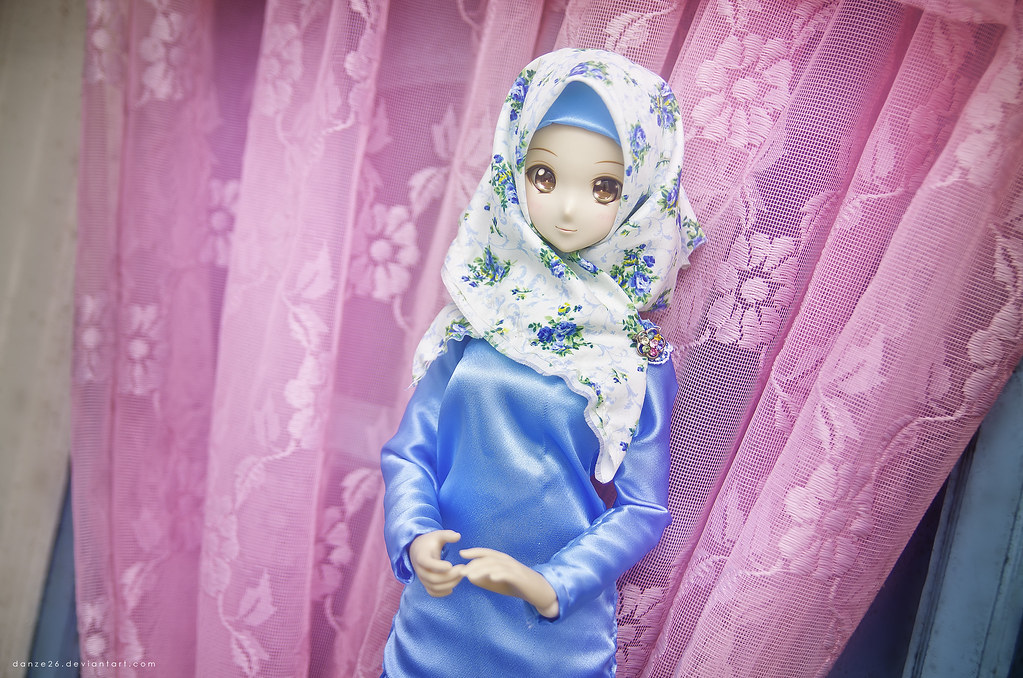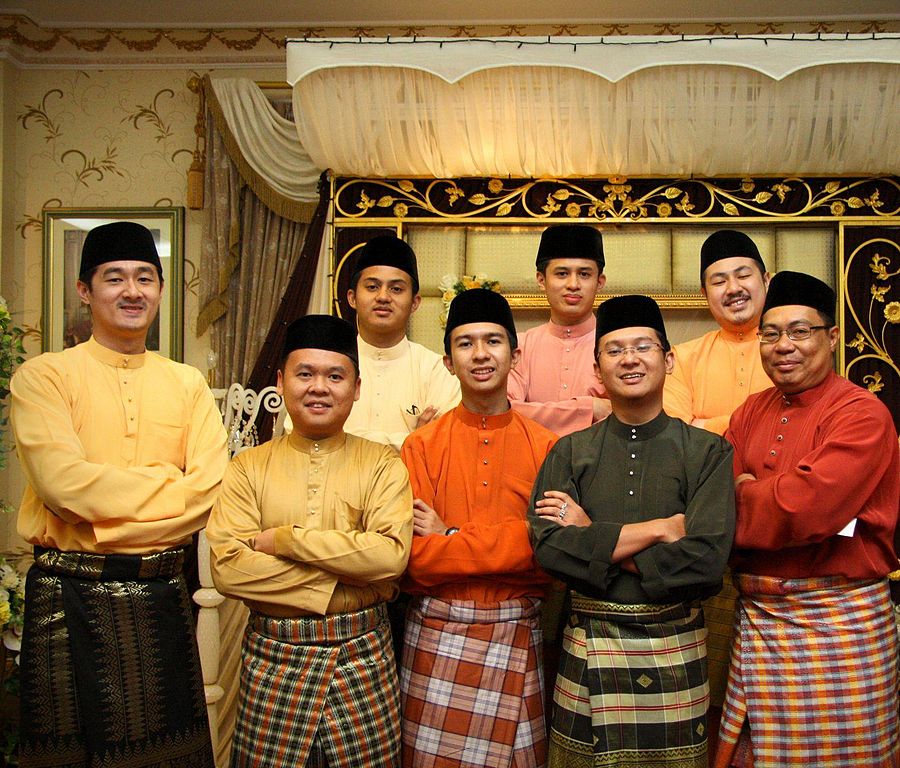The magnificent island of Langkawi with white beaches, comfortable hotels and the famous Cable Car could also please the amateurs of shopping. In the capital of the island, Kuah town, you are able to spend the whole day in the malls, as this quiet little town, after it was declared a free trade zone, is gradually turning into an international tourist center, having beautiful parks, squares, restaurants and different shops. There you can find large stores of famous world brands, as well as the small shops, where the products, made by folk artisans, are sold. If you are interested in the national garments of the islanders, you will definitely find them at the local shops. The car rental in Langkawi will help you to shorten the time, spent in the search for the best Malaysian dress.
The national dress is still in use on the island, and it is a popular form of clothing. It is even stated at the national level that all civil servants are required to wear national clothes on Thursdays.
All garments are made of cotton, batik or silk – these are the most optimal fabrics, as in the tropical climate of Malaysia it is hot, when you are wearing clothes of other fabrics. The national outfit of men and women is simple, but thanks to the rave of color, it is impossible to find people, who are dressed equally.
Baju melayu (The male clothing)

This word combination is translated as ‘Malay clothing’. The costume consists of a long-sleeve shirt, trousers and a short sarong, which looks like a skirt or an apron. The combination of black baju melayu together with the golden sarong is considered the most festive male clothing, which could be worn even on the Sultan’s Birthday.
The ambassadors of Malaysia, in official meetings with the heads of other countries, should also wear such attire. For the honorable foreign guests, it is not forbidden as well to wear baju melayu for a special ceremony. Moreover, the foreign guests themselves appreciate wearing this costume, as it is not as hot in batik as it is in a business suit with a tie.
Baju kurung (the female clothing)

Baju kurung is the most conservative women’s clothing, which consists of a long skirt (a sarong) and a loose shirt with sleeves. The shirt could be either long, below the knee, or it could be of a standard length. This kind of outfit is preferred by women of ripe years and religious Muslim women, as this dress is spacious, their legs and hands are cloaked, and furthermore, this clothing is not emphasizes the inflexions of the figure. The most conservative women are wearing it with the headscarf, called ‘tunung’.
Baju kurung is often made from silk. The silk fabrics in Langkawi, decorated with the help of the batik painting technique, are of excellent quality – bright drawings on them do not fade for a long time. You may find expensive silk fabrics (from 200 ringgit for 4 meters), used to make a sarong, as well as some cheaper cotton versions of batik with the imprints (batik lepas), which cost only 15 ringgit for 2 meters. The modern type of baju kurung is heaving bright ornaments and geometric patterns.
Baju kebaya (up-to-date female clothing)
Young women, who want to look more attractive and feminine, choose baju kebaya, made of thin, sometimes transparent material. This national clothing is narrowed in waist, emphasizing silhouette of the women shape. Kebaya is a traditional blouse of Indonesian and Malaysian women, which is usually worn with a sarong, kain panjang batik and a luxurious colorful songket.
The fitted shirt is having a V-neck, and even openwork insets or transparent sleeves. Based on this dress, the wedding dresses and blouses, (which are worn with jeans and skirts by Malaysian women) are created by the local designers.
Baju kebaya embodies the ideal of “femininity”, determines the traditional values and the role of women in society.
The name “kebaya” came from the Arabic word “abaya” (clothing) to designate the garment, possibly the blouses, worn in Indonesia in the 15-16 centuries. Those blouses, apparently, resembled the modern kebaya. The Portuguese women, which were arriving on the south-west coast of Malaysia, were wearing such blouses. The Chinese influence on the clothes of that time is as well noticeable. In some historical sources, baju kebaya is compared with a long-sleeved tunic, which is open in front, worn by women during the Ming dynasty. Hundreds of years passed and the kebayas adapted to cultural local traditions of Malaysia.
The photographs and paintings, depicting famous women of the late 19th and early 20th centuries, the wives of high-ranking ministers are showing that nowadays this dress has changed a lot. Many design features are easily recognized in the modern kebaya – accurate fitting, (in order not to increase the women waist visually), long sleeves, open neck, translucent fabric. The Sundanese women today still wear only the narrow version of the kebaya.


